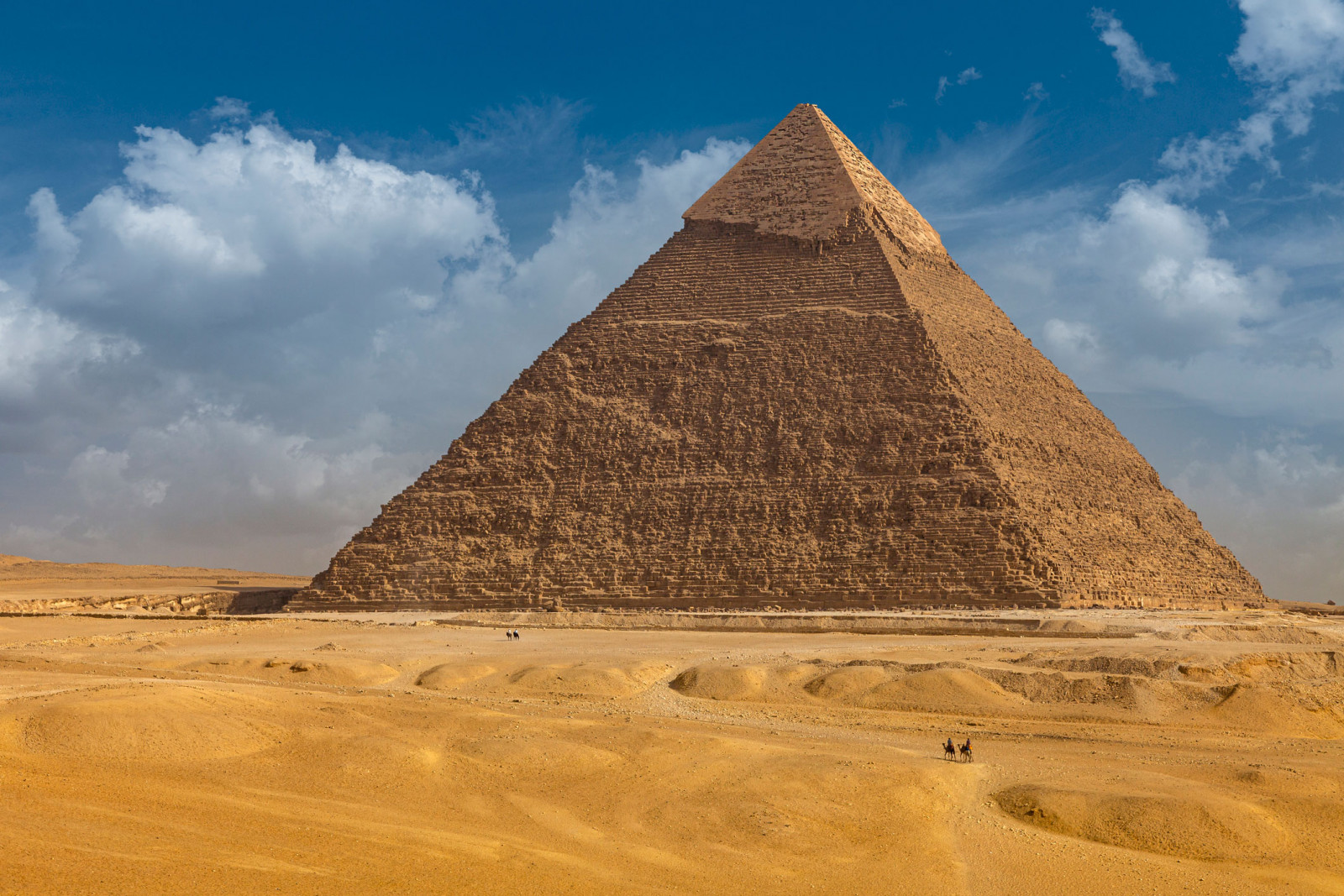The discovery of an ancient branch of the Nile that once flowed through Giza could help solve the mystery of how the pyramids were built. Although the enormous waterway, hundreds of meters wide, had long since dried up, it could have transported the enormous amounts of materials and workers needed to build the iconic landmarks thousands of years ago.
Pyramids clustered along the western desert edge of the Nile floodplain indicate that the area may have once been served by a major waterway capable of supporting massive construction projects, researchers say. Speaking to IFLScience, study author Dr. “If there are pyramids all over this specific region, there must have been bodies of water that enabled or facilitated the transportation of rocks and large numbers of workers to these areas in the past,” says Eman Ghoneim.
“So we know there was a waterway, there was a rapid that the ancient Egyptians used, but no one knows where,” he explains. “How big was this tributary [of the Nile]? Where exactly was this arm? How close was this branch to the actual pyramid sites?”
To find out the answers to these questions, Ghoneim and other researchers scanned the Nile Valley from space using radar satellite data. Because radar waves can penetrate the ground, the images provided access to “an invisible world of information beneath the surface” and revealed the existence of a dried riverbed winding through desert and farmland for nearly 100 kilometers.

“It was probably very long, but also the width of this tributary in some areas was very large,” says Ghoneim. “In terms of width, we are talking about half a kilometer or more, which is something equivalent to the width of the Nile River today. So it wasn’t a small arm. “It was one of the main branches.”
The now-defunct waterway from Faiyum to Giza passes through 38 different pyramid sites and was therefore named Ahramat Arm (meaning Pyramid Arm in Arabic) by researchers. Now the team plans to analyze soil core samples taken from the ancient riverbed to determine whether it was active during the Old and Middle Kingdoms period when the pyramids were built (i.e. between 3,700 and 4,700 years ago).
Although it is not possible to draw any definitive conclusions without confirming that the tributary existed during this period, there is ample evidence to suggest that the tributary did indeed play a role in the construction of the monuments. For example, as Ghoneim explains, “Most of these pyramids had a passage that ended in what we usually call a valley temple, something that looked like a harbor or an ancient harbour.” Many of these valley temples “are located exactly on the banks of the tributary where we found them,” he says.
Ghoneim said that in addition to providing new insights into the construction of the pyramids, the study of ancient Nile tributaries could also help archaeologists uncover the secrets of Ancient Egypt by locating other lost sites. migrated to the east and, in some places, to the west. As the tributaries disappeared, Ancient Egyptian cities and towns also disappeared, covered in mud, and we have no idea where to find them.”
Ghoneim thinks that by following the course of ancient waterways, researchers have a better chance of discovering these ancient settlements, all of which will help understand Egypt’s heritage.